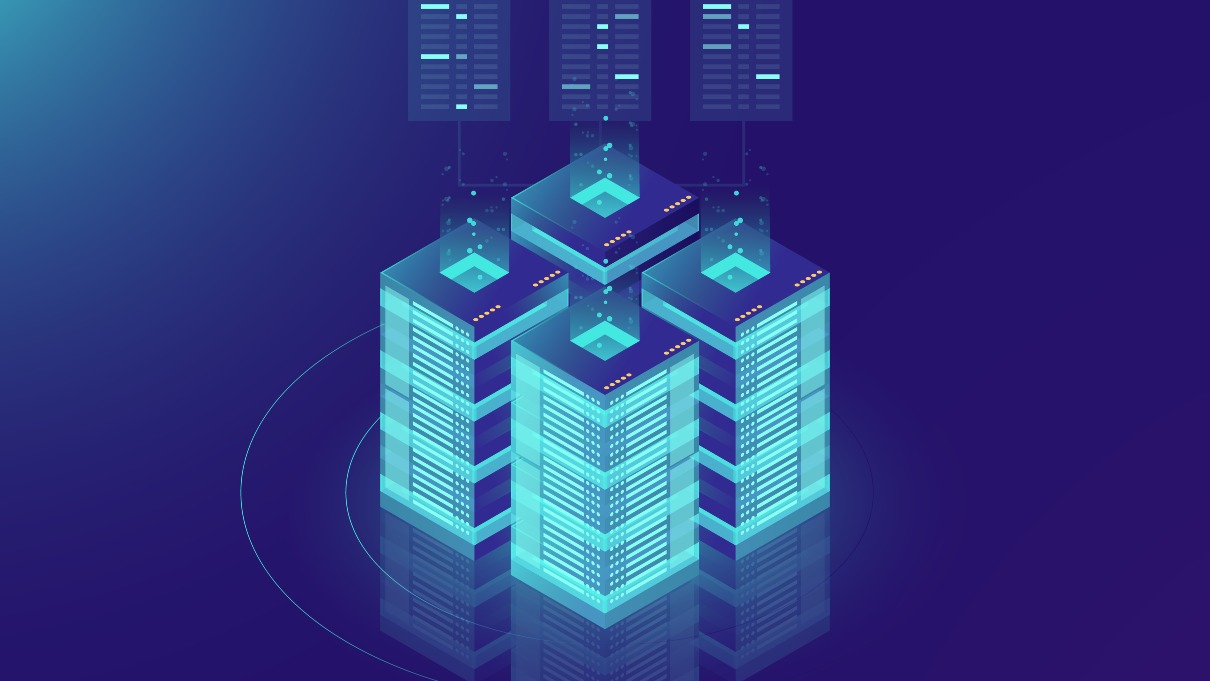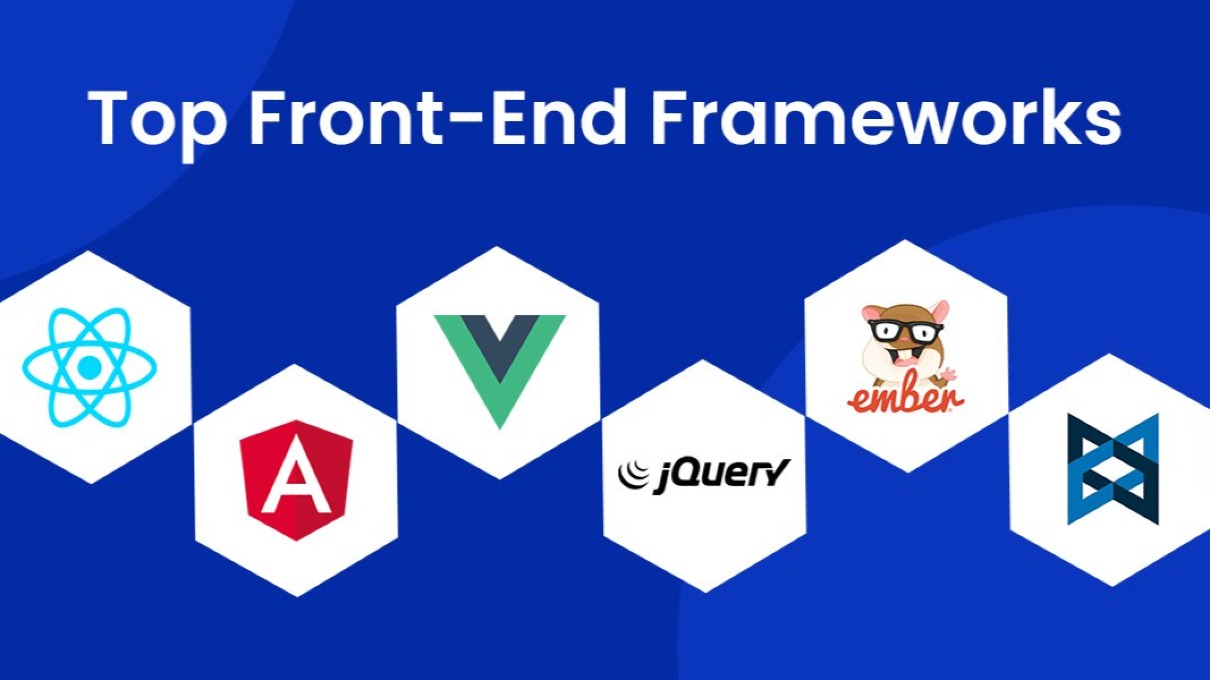In today’s fast-paced web development landscape, agility and scalability are no longer luxuries—they’re necessities. Enter serverless architecture, a paradigm shift that empowers developers to build efficient, scalable applications without the burden of managing servers. By outsourcing infrastructure management to cloud providers, serverless architecture unlocks faster development cycles, reduced costs, and unparalleled scalability.
Let’s explore what makes serverless architecture the future of web development and how you can harness its power.
What is Serverless Architecture?
Serverless architecture is a cloud computing model where application components—such as functions, APIs, and microservices—run independently, triggered by specific events like HTTP requests, database updates, or scheduled tasks.
Unlike traditional models, serverless doesn’t mean there are no servers; it simply means developers don’t have to worry about provisioning, scaling, or maintaining them. Instead, the cloud provider takes on these responsibilities, allowing developers to focus solely on building functionality.
Key Benefits of Serverless Architecture
Why has serverless become a game-changer for web development? Here are the standout benefits:
1. Scalability
Serverless functions automatically scale up or down based on demand. Whether your app has one user or a million, the infrastructure adjusts seamlessly, ensuring consistent performance without unnecessary costs.
2. Reduced Operational Overhead
Managing servers, patching software, and handling infrastructure are time-consuming tasks. Serverless frees developers from these burdens, letting them concentrate on writing and deploying code.
3. Faster Time to Market
With serverless, you can focus on functionality rather than setup, significantly shortening development and deployment cycles. Faster iteration means you can release new features and updates more frequently.
4. Cost-Effective
Serverless platforms operate on a pay-per-use pricing model. You only pay for the resources your functions consume during execution, eliminating the expense of idle servers.
Popular Serverless Platforms
Several cloud providers offer robust serverless platforms. Here are the top players:
- AWS Lambda: A versatile and widely-used platform with seamless integration into the AWS ecosystem. It supports multiple programming languages and diverse use cases.
- Google Cloud Functions: A fully managed environment ideal for building lightweight applications and connecting cloud services.
- Azure Functions: Microsoft's serverless offering, known for its tight integration with the Azure cloud and extensive support for enterprise applications.
Each platform comes with unique strengths, so the choice often depends on your existing infrastructure and specific project requirements.
Best Practices for Serverless Development
To maximize the potential of serverless architecture, follow these best practices:
1. Function Granularity
Design your application as a collection of small, self-contained functions. This microservices approach makes your system more modular, scalable, and easier to maintain.
2. Optimize for Cold Starts
Cold starts occur when a serverless function initializes for the first time after inactivity. To reduce delays:
- Use smaller deployment packages.
- Choose languages with faster startup times, like Node.js.
- Consider pre-warming critical functions during peak times.
3. Error Handling and Monitoring
Integrate robust error-handling mechanisms to catch and address issues quickly. Use tools like AWS CloudWatch, Google Stackdriver, or third-party solutions like Datadog for real-time monitoring and debugging.
4. Security First
Serverless apps still require strong security practices:
- Use IAM roles to control permissions.
- Encrypt sensitive data both in transit and at rest.
- Protect APIs with rate-limiting, authentication, and secure API keys.
Serverless Use Cases in Web Development
Serverless architecture is versatile, making it suitable for a wide array of web development scenarios:
1. Backend APIs
Serverless is perfect for building scalable backend APIs. With event-driven functions, you can handle requests efficiently without managing traditional servers.
2. Real-Time Applications
Build real-time chat applications, live dashboards, or collaborative tools by leveraging serverless functions to process and relay updates instantly.
3. Data Processing Pipelines
Process large datasets effortlessly with serverless architecture. For instance, functions can be triggered to clean, transform, and store data as it flows into your system.
4. IoT Applications
Serverless is a natural fit for IoT (Internet of Things) applications. Handle sensor data, trigger real-time responses, or perform analytics on IoT device activity without worrying about scaling.
The Future of Serverless Architecture
Serverless architecture is more than a trend—it’s the future of web development. As cloud platforms continue to innovate, expect serverless to evolve with:
- Edge Computing: Bringing computation closer to users for reduced latency.
- Multi-Cloud Support: Greater flexibility in deploying serverless functions across multiple providers.
- AI Integration: Serverless combined with AI/ML will enable intelligent, event-driven applications.
By adopting serverless principles now, you position yourself ahead of the curve, ready to tackle future challenges in web development with agility and efficiency.
Conclusion
Serverless architecture has revolutionized how we build web applications. Its promise of scalability, cost-efficiency, and simplicity makes it a compelling choice for modern developers. Whether you’re building APIs, processing data, or creating IoT solutions, serverless empowers you to focus on what matters most: delivering value to your users.
Embrace the art of serverless development and unlock its transformative potential. The future of scalable, maintainable web applications is here.



